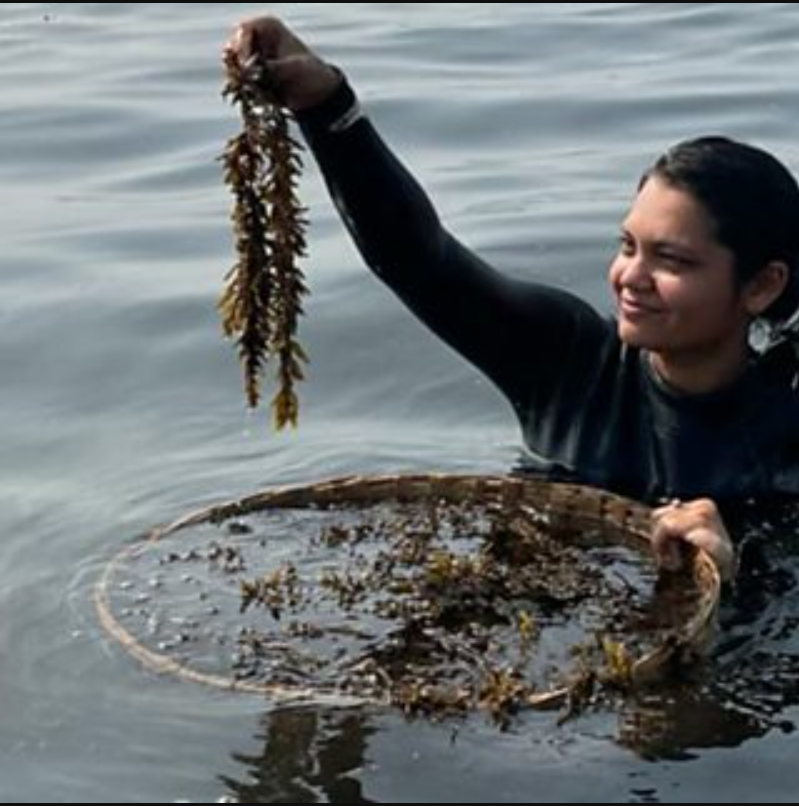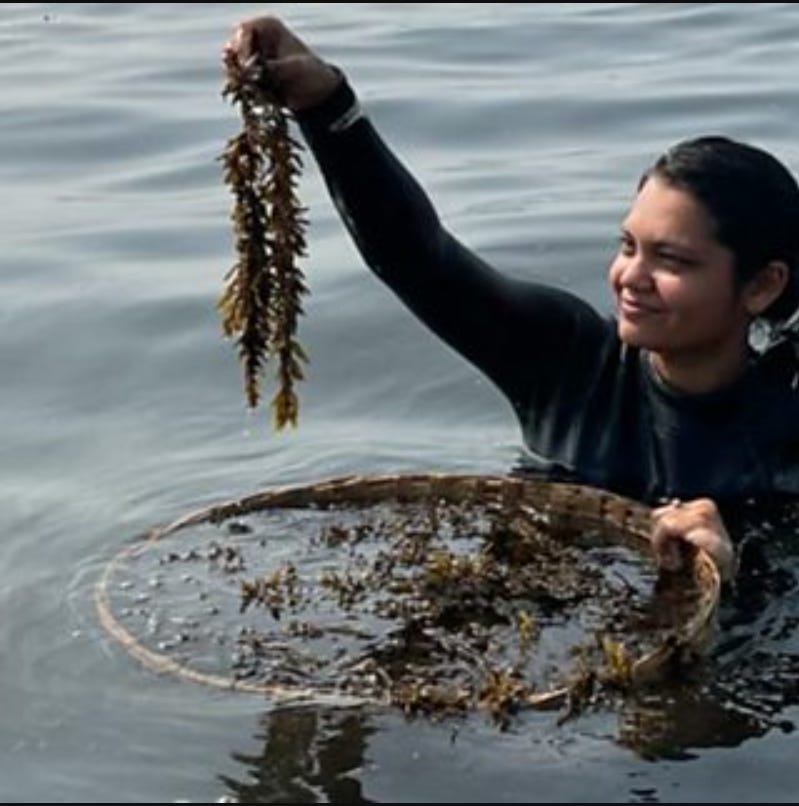
13 Jan Hope or Despair
This is why I believe in our young generation
Let’s start with two stories from the ocean.
DESPAIR
And a stark reminder of exactly how fast change can compound.
Last year the oceans absorbed heat equivalent to seven Hiroshima atomic bombs detonating each second, 24 hours a day, 365 days a year
That was a difficult fact to absorb. A quantified comparison. To all the naysayers,
DO THE MATH
365 days * 24 hrs * 60 mins * 60 secs = 31,536,000 seconds
7 Hiroshima bombs in EACH of those seconds.
If the oceans are this warm, then little wonder that so many ice-shelves are collapsing. It is like watching an ice-cube melt into your drink in the middle of a hot afternoon. It dissolves before your eyes, with barely a chance for the shutter to capture it on Instagram if you are poolside in Mexico where everything is just so much warmer in the summer.
Read The Guardian article here:
We study ocean temperatures. The Earth just broke a heat increase record.
As the oceans warm, a new climate cycle emerges. It threatens the food chains that start in the oceans, particularly marine life. It also results in a significant change in rainfall, more threatening cyclones and hurricanes, and storm surges that result in flooding. And we saw a lot of this in 2021.
2016 .. 2020 .. 2021 .. among the seven hottest years on record. “The Earth is running a fever.” But here is the kicker. 2021 could be one of the coolest of the coming thirty years.
It is kind of depressing. Edging on hopelessness.
HOPE
Fortunately one of our Tilt community readers (thanks Sharon) forwarded me this link the same day. It is an episode of The Food Chain on the BBC World Service.
My heart lifted.
Somewhere in all the darkness, I watch as hope screams “Don’t shove me off just yet!” with a smile on its face, as it jostles to catch a seat at the edge of the table.
Gabriella D’Cruz was voted The Food Chain Global Youth Champion Award 2021 – an award offered for an individual “trying to change the way we produce, process, consume, or even think about, food.”
Gabriella loved to explore and observe the seaweed in the shallow rock pools of Goa where she grew up. This led her to a study of biodiversity. She is a marine conservationist with a passion for restoring reefs and working with seaweed.
Her idea to create local seaweed farms was inspired by a group of female free-divers who harvest seaweed around the Gulf of Mannar national park in Tamil Nadu. [07:52] Could the coastal waters around Goa and Tamil Nadu be well suited for these “forests of the sea”, she wondered. Her words paint a beautiful picture of the underwater with seagrass meadows and seaweed forests which function much like coral reefs in creating diversity in the oceans [05:11]. They create fish breeding grounds and restore the ecosystem of marine life.
Whatif, she wondered, she could co-create an experimental seaweed farm with these female divers, further empowering them in the process. It would establish a proof of concept to create similar farms up and down the coastline, offering new opportunities and employment to other young entrepreneurs who wish to create sustainable livelihoods.
The true commercial advantage comes from the many existing and potential uses of seaweed above the water. It is a source of seaweed-based gel carrageenan that is used in toothpaste and as a thickener in a variety of foods including ice cream. At present, seaweed is projected to be a $26 billion industry globally by 2025. But listening to Gabriella, we have barely touched the tip of the iceberg in terms of imagining and adding new seaweed-derived products to the menu, further expanding that market.
If you are looking for a short burst of positivity, enjoy this short 25-minute listen. I will leave it to Ismahane Elouafi to summarize why this project is filled with hope:
Ms. Elouafi is the Chief Scientist at the Food and Agriculture Organization of the United Nations. She was one of the judges and describes why they picked this project as a winner from among the hundreds of submissions.
[19:30] It offers a huge potential of diversifying our food sources, creating more with less as the population expands to an expected 9.8 billion people in 2050. Seaweed is nutrient-rich, and creating seaweed farms could help restore the aquatic ecosystems, besides creating a food source that requires less water. It also opens up new sources of employment for a young generation that will have to live through this climate transition.
Here is the full 25-minute listen to the episode: Gabriella D’Cruz: Global Youth Champion
I have said it before – this young generation fills me with hope. While some people are still fighting over carbon offsets and preserving oil subsidies these young individuals are quietly creating the replacement industries of the future – industries that are more sustainable and regenerative.
The work of the Future dovetails with Climate. Jobs that address sustainability, climate mitigation, health and wellness will have a longer shelflife, fuller purpose and deeper impact.
The best idea can come from anyone, anywhere, at any time. I give you permission to think courageously and expansively.
This is edition 18 of Tilt the Future – answering when serendipity knocks. See you next week!
Karena




No Comments